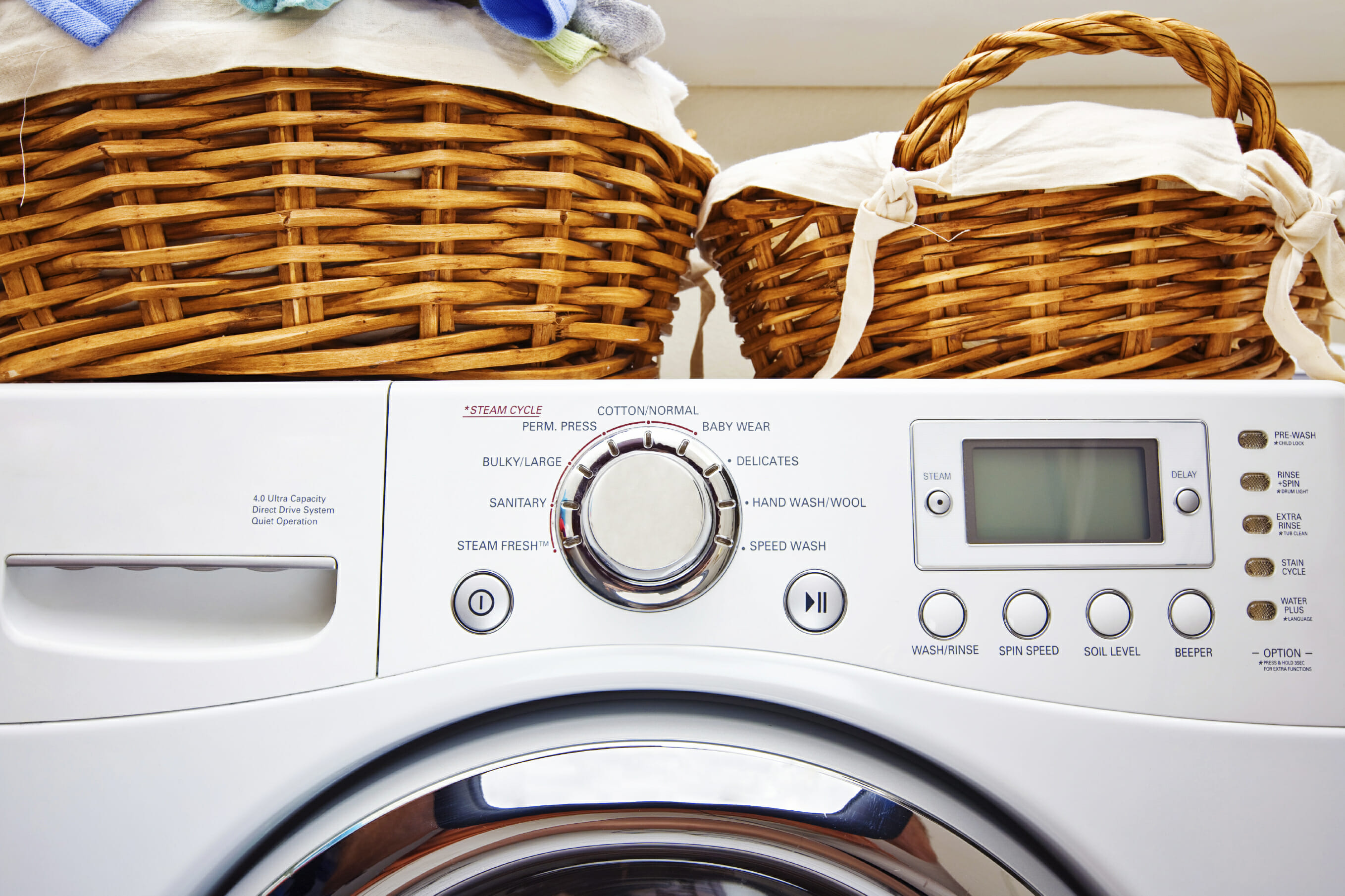To be a worthwhile venture, the addition of washers and dryers has to be profitable (or at least needs to break even), or help you attract and keep the right tenants. How do you calculate the return on investment?
As with any property decision, weighing the costs and benefits will make your decision easier. Let’s start with the costs. (We’ll talk about how much profit you stand to gain and the decisions you’ll have to make in a later post.)
Buying laundry equipment
Many commercial washers cost between $800 and $2000, depending on the options you choose. Dryers run for similar prices, and you may find good deals when you buy both at once. Check The Laundry Forums and various property management forums to see where other managers have found great deals. (Hint: eBay’s not a bad choice.)
Buying on the lower end will certainly save you money in the short term, but it could cost you more over the long haul. For example, higher-efficiency front-load washers use as much as 40% less water and reduce the amount of water needed during the spin cycle, lowering your energy costs.
Yes, you’ll pay more at first, but many manufacturers and suppliers offer rebates. Also, shop around, especially during holidays like Presidents Day when cars, appliances, and everything under the sun are usually on sale.
Building a laundry room: updating the space
Once you’ve chosen a space for your laundry room, you’ll have to pay for installing appliances, and you’ll likely have to remake the area for doing laundry. For example, you may have to add plumbing for wastewater, dryer vents, and electrical upgrades to handle the load. Installers or commercial equipment sellers can give you an estimate based on the space you’re considering.
Calculating operating costs
This calculator gives you an idea of what you need to account for when estimate your operating costs. Figure out how much it will cost to wash and dry each tenant load and the impact on your utility bills. This sum will be your operating cost, which will help you decide how much to charge tenants.
Additionally, you may want to establish a separate account for the gas or electricity and the water for the laundry room to make it easier to track your costs.
Managing regular maintenance and repairs
Keeping your equipment in good running order will save you money in the long run, but all appliances eventually break down. To estimate maintenance costs, contact a commercial equipment supplier that offers service contracts along with their appliances.
Doing so will help you decide whether to pay a service provider a set amount monthly or stash funds in an account to use when an appliance breaks or needs regular maintenance. And if you’re running a small building or two, contracting with a good handyman who has appliance experience could be more cost-effective.
Accounting for supplies and cleaning
If you want to offer supplies on site, whether for free or for a price, factor these items into your costs. And because tenants won’t do laundry in a dirty laundry room, make sure to set aside budget for keeping the area clean.
Don’t lose heart if all of this makes adding laundry facilities seem too expensive. In a future post, we take a look at the benefits — especially the potential profits — of adding a laundry room to your property. But in our follow-up post, we pose six questions that will help guide your decision: to launder or not?
Read more on Maintenance

